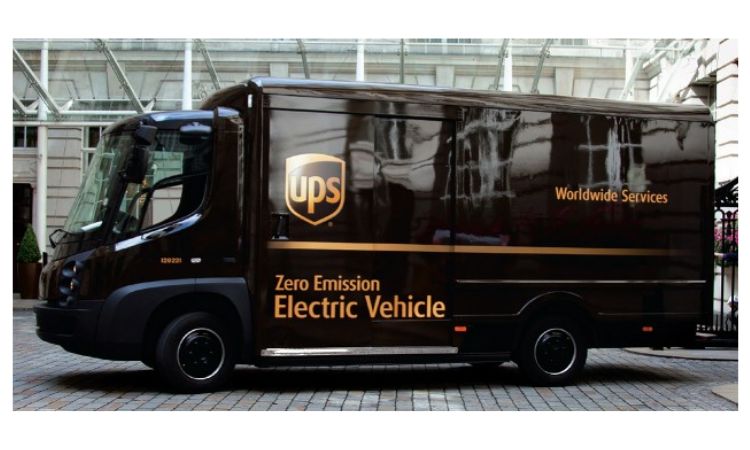As the firm works to convince investors that the arrangement is a good one, UPS CEO Carol Tome said that the costs associated with the new Teamsters contract were lower than the “$30 billion in new money” cited by the union.

In an exclusive interview with Frank Holland on Monday, Tome said, “It’s not a $30 billion deal.” When the business published its initial presentation to investors Monday after the bell describing the labour expenses, Tome chose not to disclose the internal projection.
According to UPS, the first year would see 46% of the remuneration under the agreement. Tome described the deal as reasonable and cost-effective.
“It’s a barbell structure where it’s heavier at the beginning of the contract.” Added Tome. “We’ll start in the middle of the agreement, and it will be retracted. Imagine how much more expensive the remaining four years of the contract will be if this 46% cost growth continues in the first year.
The gains “are really good for us and have a 3.3% compounded annual growth rate,” she continued. We’ll take that deal any day, but it wasn’t just about the cash. We provide workers with a work-life balance while enabling weekend delivery, which is crucial for our clients.
A potentially widespread and disruptive work stoppage was avoided thanks to the labour agreement negotiated in July. According to a widely cited assessment from Anderson Economic Group, a Teamsters strike would have been the “costliest in a century,” causing a $7 billion impact to the American economy in the first 10 days.
It was also a significant turning point in a summer that saw enormous contract drives — and even strikes — in fields as diverse as auto manufacturing, television, and movies. In the last year of the contract, full-time UPS drivers will be paid up to $170,000 in salary and benefits, while the beginning wage for part-timers would go from $16.20 to $21 per hour.
UPS and the Teamsters entered into formal discussions in April as union leaders pushed members to organise and put on the “show of force it needs to take on the company.” During the negotiations in June, Teamsters members approved a UPS strike. Weeks later, each party claimed the other had abandoned the contract negotiations.
UPS and the Teamsters announced their tentative contract agreement at the end of July. On August 25, the union ratified the UPS contract with a record 58% of members voting and an 86% approval rate.
Tome referred to the proposed Teamsters contract agreement as a “win-win-win” for the union, the customers, and the business.
However, following the announcement on July 25, shares of UPS have decreased by more than 14%. Tome also predicted that UPS lost more than a million packages daily in the days preceding the final agreement.
Now that we are confident, we can advance, Tome remarked. We can create plans to reduce labour expenses and plans to increase productivity within our company through automation because we know what those costs will be over the next five years. Oh, and we still have the option to accomplish so.
As the busiest season for holiday shipping approaches, Tome claimed that the gain for customers is the most crucial aspect of the agreement. A recent prediction from Salesforce predicts that US holiday e-commerce sales will rise 1% from last year to $273 billion.














